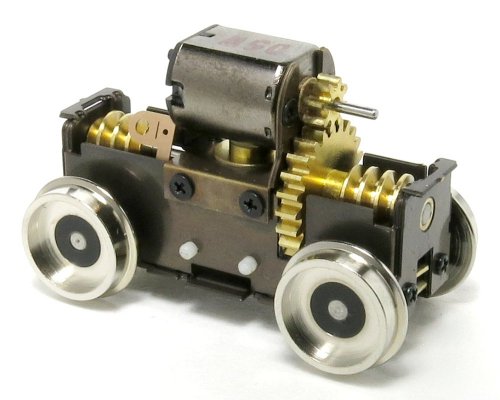I'll admit right up front, I am a hopeless steam engine fan. And the last 10-20 years has seen some really marvelously detailed plastic steamers that often rival the brass ones. And those plastic ones run better (smoother, better electrical pick-up, etc, etc) than many of the brass ones.
But there is one big failure that still persist. Their pulling power just does NOT match that of those new diesels. We keep adding as much weight as possible, and work on the electrical pick-ups,and add troublesome traction tires, etc,... but we still can't match those diesel model trains.
Today I was prepping a few of my trains to run on Thanksgiving holidays,...both steam and diesel engines. Combining the two types in one consist has me wondering how we might expand on this idea??
But there is one big failure that still persist. Their pulling power just does NOT match that of those new diesels. We keep adding as much weight as possible, and work on the electrical pick-ups,and add troublesome traction tires, etc,... but we still can't match those diesel model trains.
Today I was prepping a few of my trains to run on Thanksgiving holidays,...both steam and diesel engines. Combining the two types in one consist has me wondering how we might expand on this idea??









